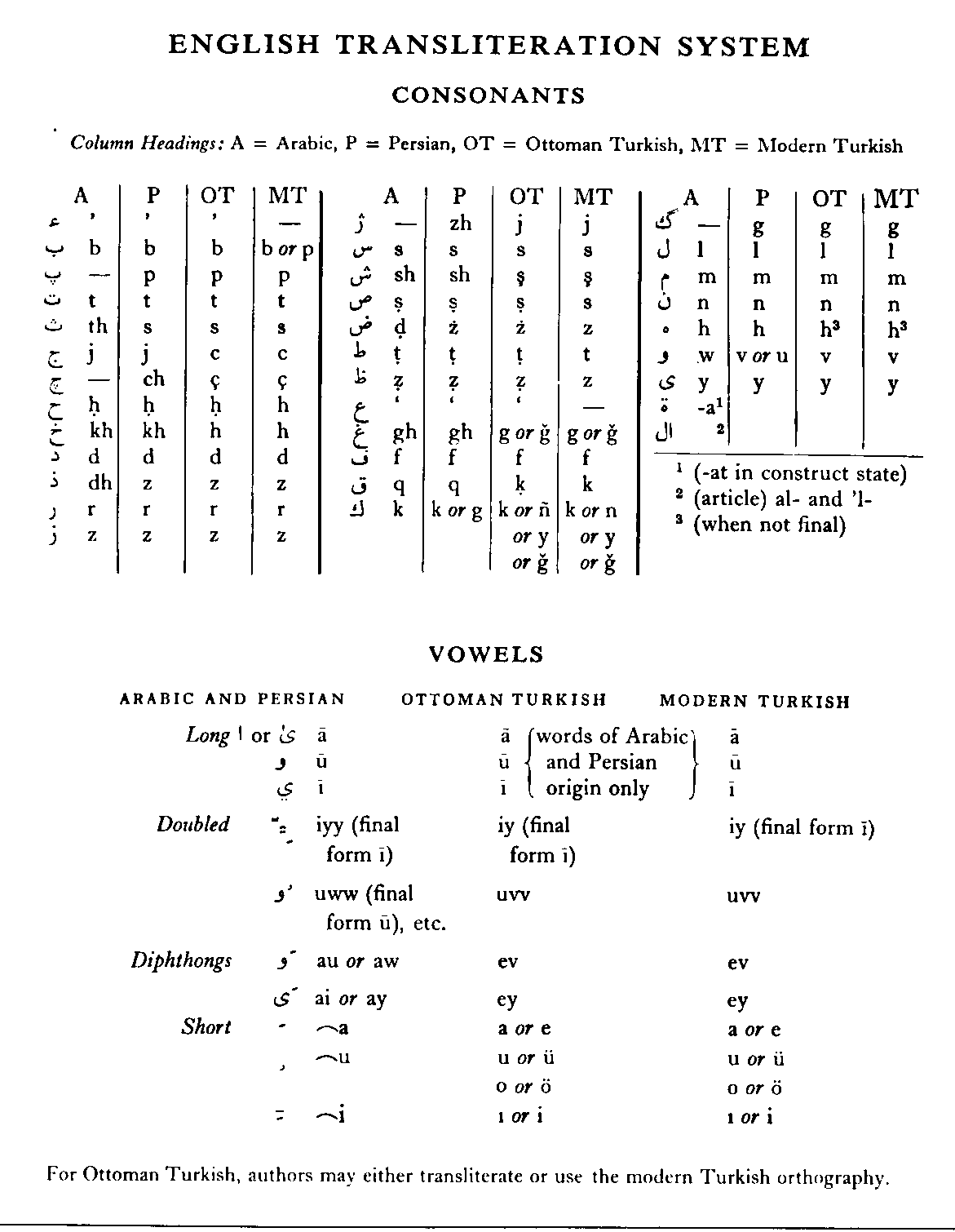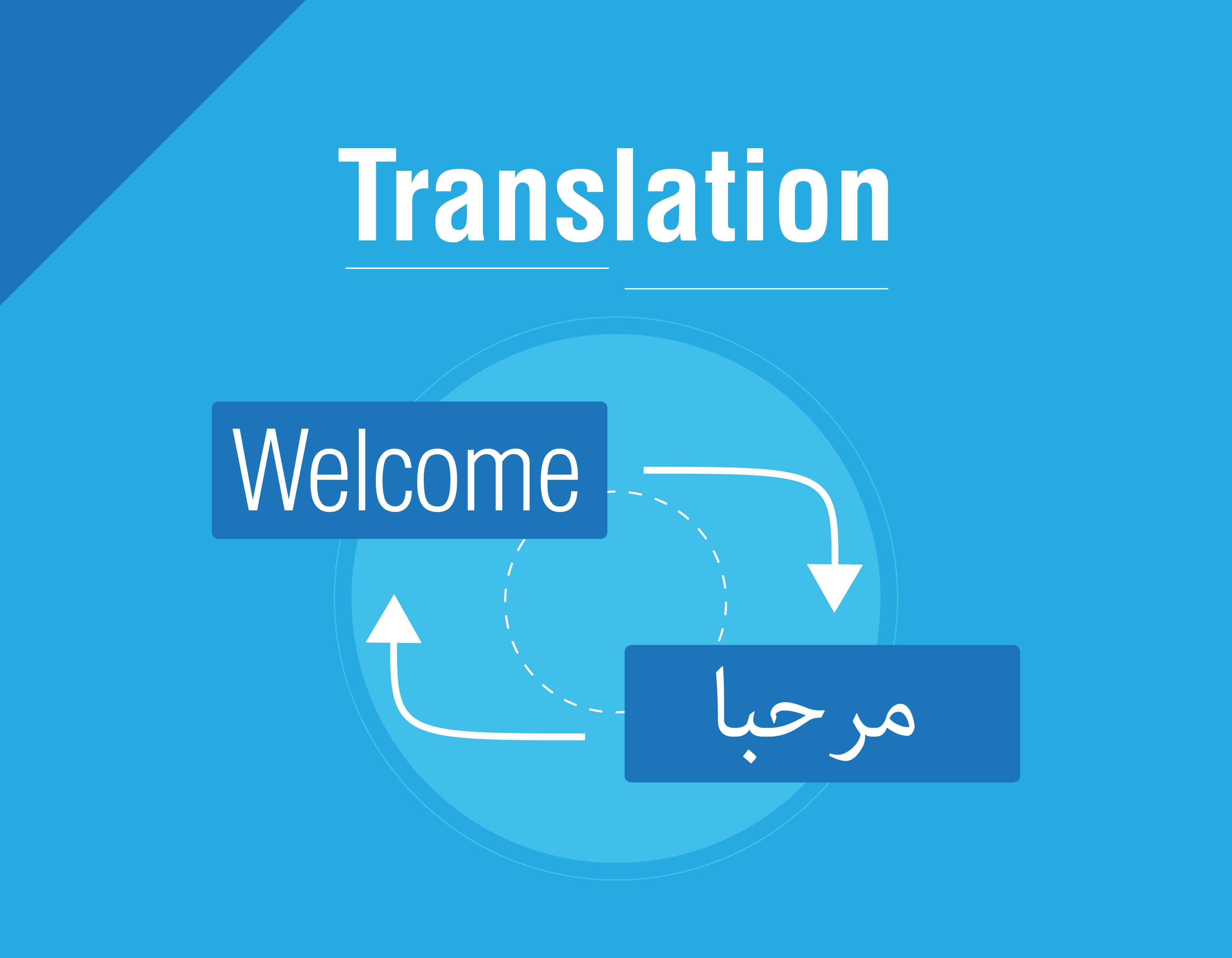

1 (2010): 97–130.The romanization of Arabic is the systematic rendering of written and spoken Arabic in the Latin script.

“Script Charisma in Hebrew and Turkish: A Comparative Framework for Explaining Success and Failure of Romanization.” Journal of World History 21, no. 1 (2016): 43–72.įor a history of Romanization practices outside of library cataloging see (e.g.):Īyturk, Ilker. “Phonemic Conversion as the Ideal Romanization Scheme for Hebrew: Implications for Hebrew Cataloging.” Judaica Librarianship 19, no. “Main Issues in Cataloging Persian Language Materials in North America.” Cataloging & Classification Quarterly 43, no. Israel/Judai-ca Section Library of Congress, accessed January 1, 2015. Hebraica Cataloging, RDA, A Guide to ALA/LC Romanization and Descriptive Cataloging, Draft, June 2014. īiella, Joan, Benjamin Fryser, and Heidi Lerner. When the Alef carries its own vowel, the character ( ’) is used to Romanize the letter, whereas (‘) is used for ע. It is also omitted when used to indicate the presence of a vowel. When א is word-initial or syllable-final (including word-final), it is disregarded in Romanization. "lene") and dagesh is noted to distinguish between /b/ and /v/, /k/ or /kh/, and /p/ or /f/ for כ ,ב, and פ respectively. In Romanization there is no distinction between dagesh ḥazaḳ (a.k.a "forte") and dagesh ḳal (a.k.a.

For the Romanization conventions of Geresh, Gershayim, and Miagkĭi Znak see Biella, Fryser, and Lerner 2014 (link below).Diacritics are used differently than in some transliteration systems and are restricted to the following: ṿ, ṭ, ḳ, ḥ, and ś.This includes instances in which sheva na' results from vowel reduction. Every sheva in an initial syllables are sheva na' and are Romanized as an "e" regardless of their pronunciation.However, multiple prefixed articles conjunctions, and prepositions are clustered together such that they are separated by ONLY one hyphen EXCEPT when one of the prefixes is the first word of a title.The definite article ה, the conjunction ו, and the prepositions ל ,מ ,כ and ב written as prefixes in Hebrew script, are separated by hyphenation from the words to which they are prefixed in Romanization. The letter ה is always represented by h whether they indicating a consonant or a vowel HEBREW: Quick suggestions for searching Hebrew resources in HOLLIS (adapted from Ornan and Leket-Mor, 2016 Biella, Fryser, and Lerner 2014) Instead they may only be accessible through the vernacular script. Materials published after 2009 may not exist in Romanized.Specifically, those transliteration systems (like Iranica) that are closer to modern standard Persian, produce less accurate results. Different transliteration systems may produce different results on HOLLIS.the UNICODE of the Arabic keyboard provide different results. Keyboard: When searching for Persian resources pay attention to two forms of final ي vs.The above points on Arabic script apply to Persian.PERSIAN: Quick suggestions for searching Persian resources in HOLLIS: Pre-fixes and preposition are followed by a hyphen.Taa marbutah - ends with an "h" and not an "a": For example: Mutasawwifah.Note middle definite articles are retained: For example: Isharat wa-al-tanbihat.Initial definite article (al-) is omitted.Diacritics are not needed for searching.

Links to ALA-LC Romanization tables are available at the Library of Congress Website: ALA-LC Romanization TablesĪRABIC: Quick suggestions for searching Arabic resources in HOLLIS:.Harvard Library uses the American Library Association and Library of Congress Romanization tables for the bibliographic description of non-Latin resources.Transliteration, on the other hand, literally refers to converting one script into another.Romanization refers to the process of representing non-Latin or vernacular scripts into Roman (Latin) Alphabet.


 0 kommentar(er)
0 kommentar(er)
